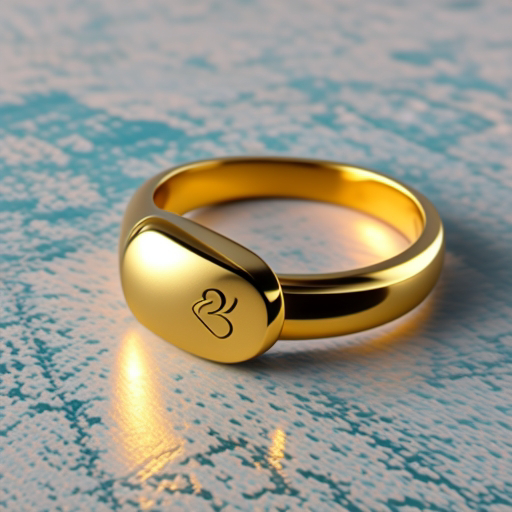When it comes to wearing rings, finding the perfect fit is not just about aesthetics. The size of your ring can actually have an impact on your finger health. In this article, we will explore the fascinating relationship between ring size and finger health, and why it is important to choose the right size for both comfort and well-being.
1. Understanding the Basics of Ring Sizing:
Before delving into the relationship between ring size and finger health, it is essential to understand how ring sizes are determined. We will explore the different measurement systems used worldwide and provide tips on how to accurately measure your ring size.
2. The Impact of Incorrect Ring Size:
Wearing a ring that is too tight or too loose can have adverse effects on your finger health. We will discuss the potential problems that can arise from wearing ill-fitting rings, such as restricted blood circulation, skin irritation, and even nerve damage. It is crucial to be aware of these risks and take necessary precautions.
3. Ring Size and Arthritis:
Arthritis is a common condition that affects the joints, including those in the fingers. We will examine how wearing the wrong ring size can exacerbate arthritis symptoms and potentially lead to joint pain and inflammation. Additionally, we will provide insights on choosing rings that are suitable for individuals with arthritis.
4. Allergies and Ring Size:
Some individuals may develop allergic reactions to certain metals commonly used in rings. We will explore how wearing the wrong ring size can increase the likelihood of skin allergies and irritations. Furthermore, we will suggest hypoallergenic alternatives and provide tips on preventing allergic reactions.
5. Pregnancy and Ring Size:
During pregnancy, many women experience changes in their finger size due to hormonal fluctuations and fluid retention. We will discuss the importance of adjusting ring size during pregnancy to ensure comfort and avoid potential complications.
6. Tips for Choosing the Right Ring Size:
To maintain optimal finger health, it is crucial to choose the right ring size. We will provide practical tips and guidelines for selecting the perfect fit, including considering factors such as temperature, time of day, and finger shape. Additionally, we will discuss the benefits of professional ring sizing services.
7. Maintaining Finger Health:
In this section, we will provide tips on how to maintain healthy fingers, regardless of ring size. This will include proper hygiene practices, regular finger exercises, and taking breaks from wearing rings to allow the skin to breathe.
Conclusion:
The relationship between ring size and finger health is a crucial aspect that should not be overlooked. By understanding the potential risks associated with wearing ill-fitting rings and taking proactive measures to choose the right size, individuals can ensure both comfort and well-being. Remember, a well-fitted ring not only enhances your style but also promotes optimal finger health.
Note: Remember to include relevant images, charts, and references to make the article more engaging and credible.











